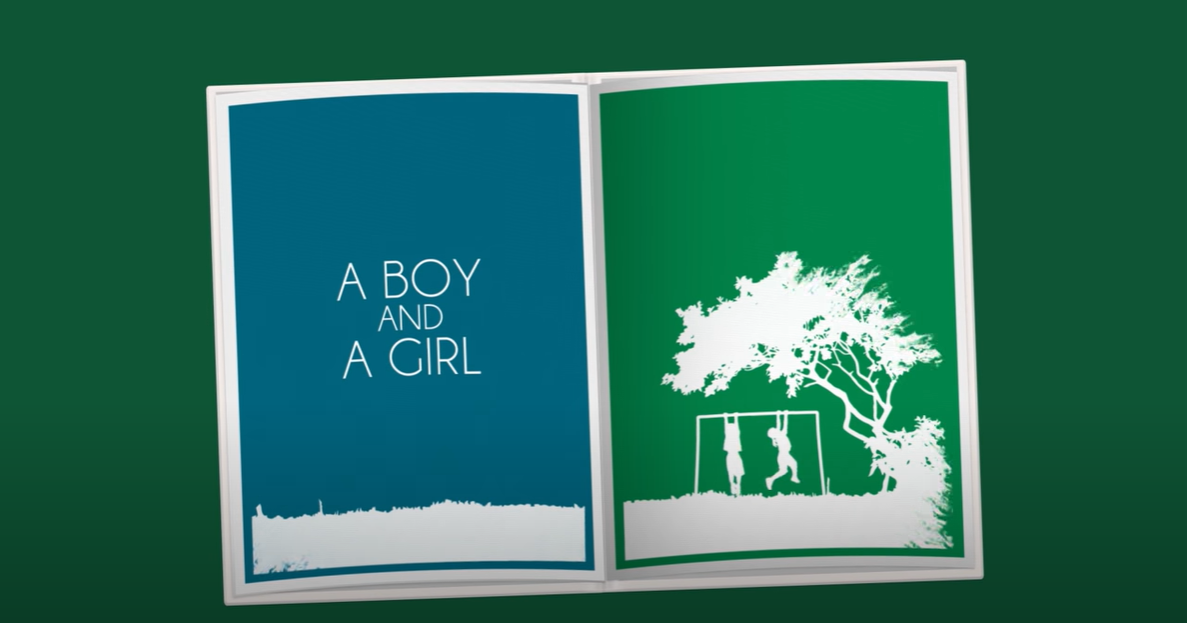
Home is much more than a house.
Happily predictable, it’s the place where we feel in control and properly oriented in space and time. It is also a sanctuary we design, build and evolve to support belonging – to family and community. Home has steaming cups of tea, green plants and furry pets, a sofa that beckons and a fridge dispensing refreshments at the end of a long, hard day. It’s ours to enjoy, and share.
In summary, it is our safe place, often cohabited with the people we love most and who accept us – and sometimes celebrate us – for who we are.
But there are women who fear being at home. For them, it is unpredictable, dangerous, rare in its gift of comforts. It is the antithesis of the way many of us perceive the concept of home.
Australians have received a great deal of communication regarding violence against women over the past decade, but how much do we know about it and why it happens?
That’s an important question because, if we can’t understand it, how can we recognise and respond to it?
What is violence against women?
According to the Australian Institute of Health and Welfare (AIHW), on average one woman is killed every nine days by a current or former partner. It is one of the most prevalent health and safety issues facing communities across the country. By comparison, on average, one man is killed every 29 days by a partner.
So, what is ‘violence against women’?
Violence against women does not mean only physical violence: it includes sexual, emotional, psychological and financial abuse. The United Nations Declaration on the Elimination of Violence against Women provides the following definition:
‘The term violence against women means any act of gender-based violence that results in, or is likely to result in, physical, sexual or psychological harm or suffering to women, including threats of such acts, coercion or arbitrary deprivation of liberty, whether occurring in public or private life.’
Jess Hill, author of this year’s Stella Prize for literature for her book, See What You Made Me Do, has been reporting on domestic violence for over four years. She writes that violence is poorly recorded and defined.
“There are criminal offences committed within domestic abuse but the worst of it cannot be captured on a charge sheet. A victim’s most frightening experiences may never be recorded by police or understood by a judge.”
In fact, when the police get involved, it can often be far too late.
Are things improving?
The 2017 National Community Attitudes towards Violence against Women Survey (NCAS) has recorded promising results as well as some areas for concern.
Most Australians have accurate knowledge of violence against women and do not endorse this violence. They are more likely to support gender equality than in the past.
Australians are more likely to understand that violence against women involves more than just physical violence; and, they are less likely to have attitudes supportive of violence against women.
If confronted by a male friend verbally abusing his female partner, most respondents say they would be bothered (98%), would act (70%) and would feel they would have the support of all or most of their friends if they did act (69%).
These findings accord with recent Commonwealth government research that reveals there is greater recognition of the problem, prompting people to reconcile their role in sustaining or challenging the status quo.
Australians now understand that violence is perpetuated by a culture of gender inequality and disrespect. People know that their actions can help to transform this reality, through everyday actions and interactions, especially with children and young people.
However, while critical awareness is high, engagement and action are trailing.
Furthermore, social movements such as #metoo have elevated the public conversation on violence against women but also added complexity. As a result, it has fuelled confusion and created division. There is evidence those who want to act are feeling fatigued, and unsure of what they can do to help (roughly two thirds of the population). A small but vocal minority are feeling emboldened to push back on progress.
Why does violence against women happen?
A range of reasons.
- Gender norms – such as the belief that mean are better at leading, whereas women are more suited to care roles.
- Accepting and sometimes approving of men’s violence against women – it starts with ‘she’s asking for it’ and leads to men not addressing the evidence of violence in their friendship circle.
- Men controlling decision-making – from what to buy, to where to live
- Limits to women’s independence in public and private life – from who she can see, and where and when she can go out.
- Interactions between men that are aggressive and disrespectful towards women – read the Excuse Interpreter and rethink common phrases, such as ‘lighten-up, he didn’t mean it like that’.
There are other contributors to men’s violence against women; however, it is important to see these as reinforcing factors, but not root causes, that increase likelihood and severity:
- experiences of other types of discrimination and inequality
- experience of and exposure to violence
- alcohol and substance use
- some cultural and religious practices
- lack of knowledge of Australian laws
- loss of traditional family and community support systems
Every adult has the responsibility to call-out the reasons for violence against women when they see them manifest at home, in the workplace or in the neighbourhood. Most of us feel deeply uncomfortable when we are near it.
So, what’s to be done?
Because, when you think about it, we have all been in conversations that, looking back, we knew were wrong. Ugly behaviour that we laughed-off, or ‘got over’, not recognising it as a foundation for much worse to come.
For those of us who are parents, we have a rewarding job to do. We can help our children change the language, the themes and the contexts. Bring up people who respect one another, regardless of gender, and know what respect looks and sounds like.
What can we do to prevent violence against women?
From a community perspective, we need to ‘move the middle’: engaging hearts and minds. We need to keep reinforcing understanding of the issue, speak plainly about it, and make sure we know what to do when we see it.
Community education and public campaigns play a critical role. But they’re hard to get right. If you read the comment fields and note the balance of likes/dislikes on campaigns such as this, you will see how hard it is to educate but not preach. People arrive to the material with very different life stories.
Campaigns need to deliver a unified message, that resonates across the population and encourages collective action. We need to pivot from a focus on problems to solutions showing that people can take action and will be supported. We also need to keep simplifying communication and resources, for easy use in day-to-day conversations and activities.
We need to promote shared values, to reinforce the unity 76% of Australians feel on this issue. By framing for values, problems and solutions also become easier to describe, comprehend, recall and ‘action’. Values provide a fundamental emotional platform that makes it more comfortable for people to speak up, persuades a greater portion of ‘the middle’ to take the desired action/change behaviour, and influence the dominant media narrative. We are in this together.
Several major campaigns delivered globally and in the Australian context, have achieved success by taking this approach.
One of the most memorable, was the campaign for marriage equality. It reached critical mass when it moved from technical arguments about human rights abuses and legalities, toward positive messages about common values, like ‘Love is love’.
Negative framing, like #CloseNauru and #ShutTheCamps, failed to sustain long-term action for ending offshore detention. But positive campaign messaging, like #BringThemHere and #LetThemStay, alongside a values-driven narrative about ‘starting a better life’ in Australia, resonated with the majority of Australians.
It left people feeling they could help to build something good, not just diminish something bad. It dominated the media narrative, trigger action at a community level and ultimately changed government policy.
Violence against women is a problem that impacts all of us, in every community, albeit in different ways. For that reason, prevention takes a whole-of-community effort. We need to feel that sense of unity.
People trust.
We are influenced by the people we trust. These are family members, friends and work colleagues.
We are also influenced by the people we respect – people we know from sport, social clubs or church. Furthermore, the people that represent what we see as leadership and or a behavioural ideal. These are the celebrities, media representatives and politicians.
We all trust – and, we are all trusted. That’s mostly a welcome responsibility, the feeling we are valued and can make a difference in the lives of people around us.
To reciprocate that trust, we need to know what’s right. And we need to have the tools in place to respond whenever we are called.
Here’s probably the best video out there on violence against women – please watch it. It’s not that long and its not preachy, we promise! And, for more information and some useful toolkits, see Respect.gov.au.


